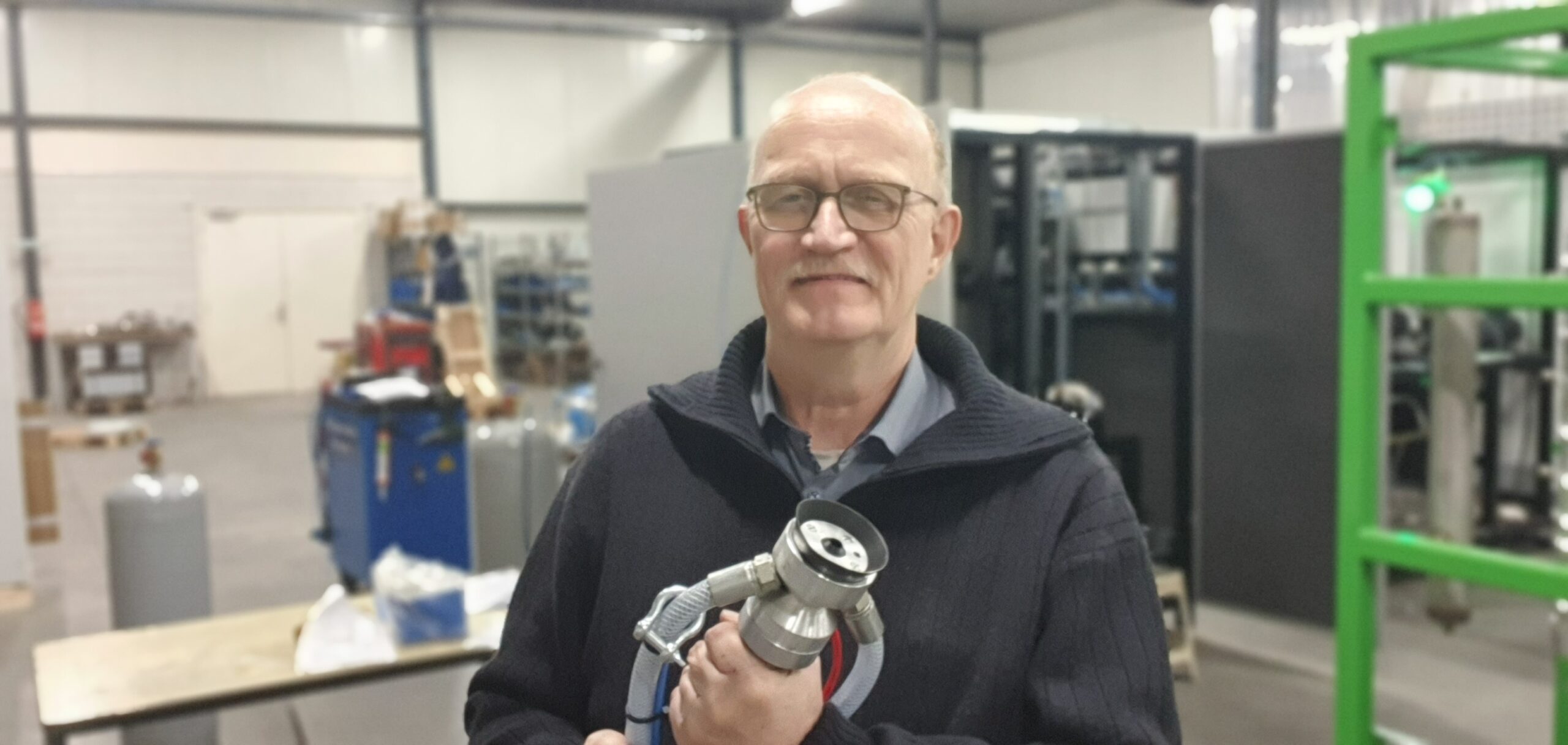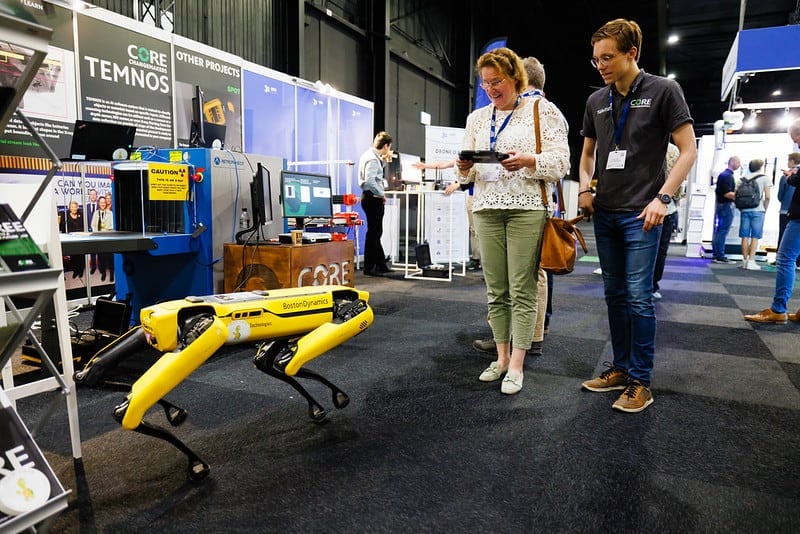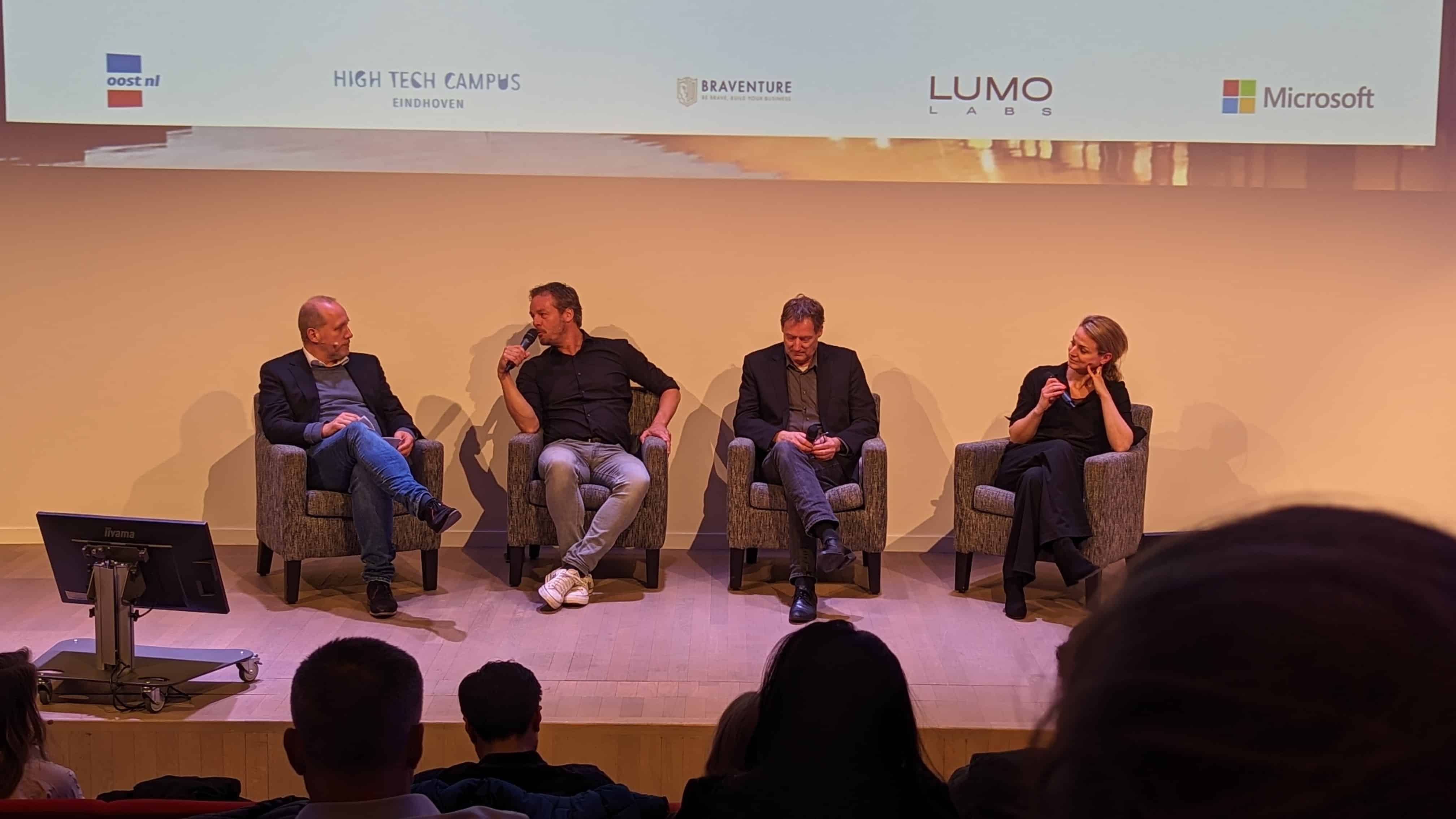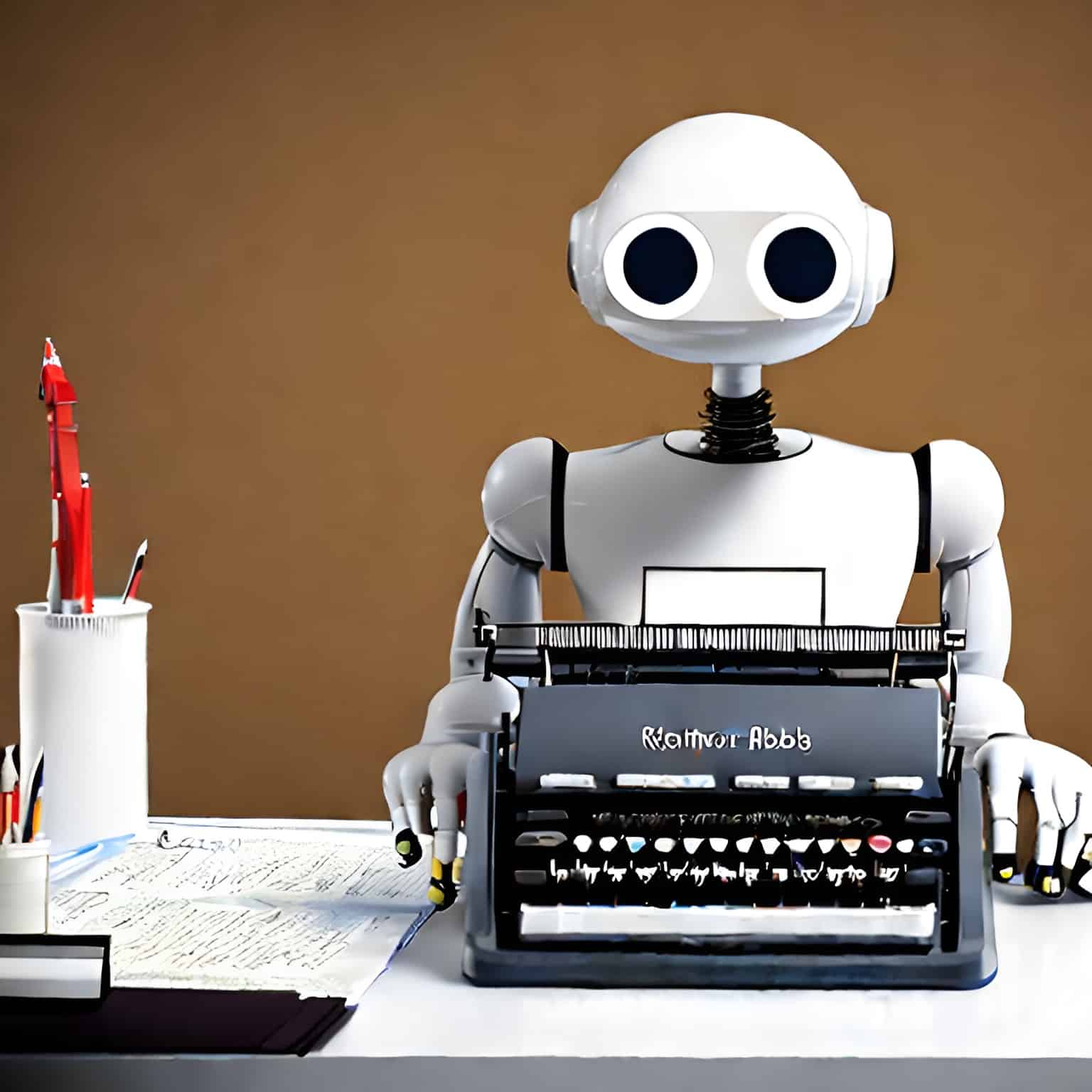
Where previously discarded refrigerators went straight into the shredder, nowadays recycling them is becoming more and more the norm. However, environmentally harmful oils and gases do need to be removed from the refrigerator’s compressor. This can be done easily with ATN Engineering’s innovative drill head. The company is now focusing on further automation and is also investing in a robotic arm. Founder of the company Gerrie Leemput talks to us about how things are going. “We will soon be able to process up to 300 refrigerators per hour.”
Innovative and Sustainable SME Groningen
Often entrepreneurs from small and medium-sized enterprises (SMEs) have their hands full with all the matters that are part and parcel of starting and expanding their business. They have very little time and capacity to figure out how to become more sustainable or to innovate. Entrepreneurs from the Dutch province Groningen are supported in this process through the provincial subsidy scheme Innovative and Sustainable SME Groningen. ATN Engineering was recently granted a subsidy through this scheme to automate the recycling process of refrigerators and is looking into how a robotic arm can use different tools and thereby speed up the process.
How is your company faring at the moment?
“We are doing really well. We can hardly keep up with the demand for the processing of old refrigerators. Right now, we provide our services Europe-wide. We have two machines in Colombia, two in China, and we are currently working to get up and running in Australia. Since the climate summit in Paris, we see that the demand for recycling refrigerators is growing enormously, both inside and outside Europe. Governments are committing to this increasingly more as well. You see that happening in Europe and also now in Australia.
How does that work exactly, draining a refrigerator using such a special drill head?
“With our invention of the drill head, gas and oil no longer come into contact with the environment and can no longer cause harm to the it or to any employee. This is because pressure is applied to the compressor. So unless you get it right, oil and gas will gush out.”
“Our drill head bores a hole in the compressor, while the drill is held to the compressor by means of vacuum pressure, and consequently no gas and oil can escape. After that, a machine separates the gases and oils from each other. The gas is condensed and stored in a tank. The whole process takes about one minute. Eventually, we want to automate the entire cycle so we can process things even faster.”

What harmful gases and oils are we dealing with here?
“We are talking about different gases and oils that are used in both the foam in the walls of refrigerators and in the compressor. We are mainly focused on the compressor. For example, older refrigerators contain chlorofluorocarbon compounds, or CFCs: a gas that depletes the ozone layer. Nowadays, we also have to deal with a lot of butane and other synthetic oils, which are not so bad for the environment, but are flammable and can therefore be dangerous.”
The Groningen company Marlan is also using a robotic arm in order to automate sanding tasks.
You therefore want to automate several different processes in the coming years. What exactly are your plans?
“Given that draining gas and oil from refrigerators is currently a primarily manual process, some of the harmful gases disappear into the air and the oil into the soil. Considering the increasing volumes of discarded refrigerators, this is a major environmental problem. Automating the entire process releases more oil and gas because the robot does a more accurate job than most operators. So that has advantages for the environment.”
“We are currently carrying out research on automation. The entire process should be active within about five years. We want to start using a robotic arm that will enable us to process more refrigerators per hour. Our innovative drill will then also be put to use in the robotic carousel. Draining oil and gases is lightning fast as a result. Other operations can also be carried out by the robot, such as the removal of the compressor.”
“Eventually, if our process runs fully automatically, we can reach a processing speed of almost 300 refrigerators per hour. This stage in the process will then no longer be the inhibiting factor when it comes to recycling discarded refrigerators. In comparison, we are now at an average of 75 refrigerators per hour.”
Read other stories about Groningen via this link.







